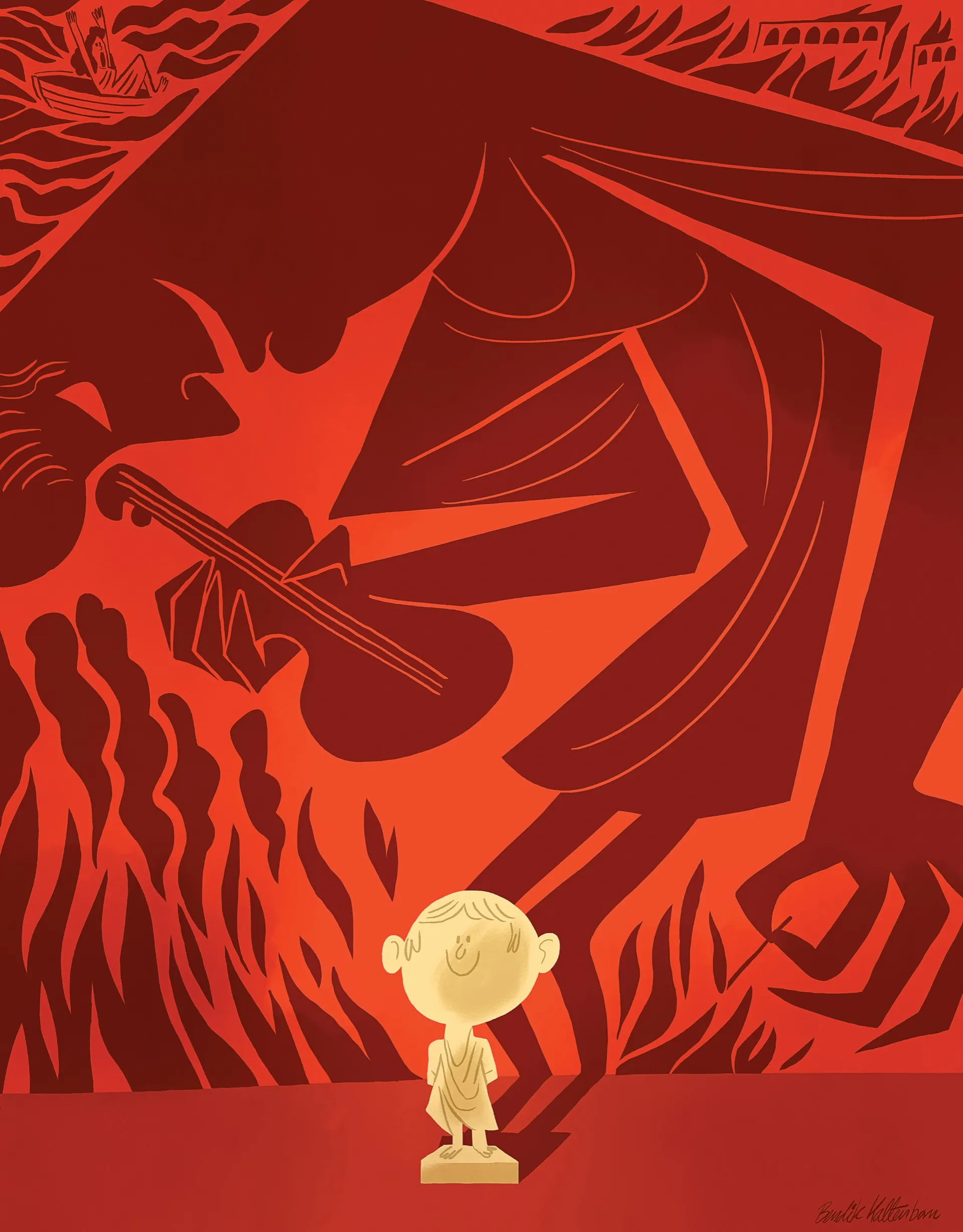- Instructor
- Julia Mebane
- Location
- Ballantine Hall
- Days and Times
- Monday/Wednesday: 3:00pm-4:15pm
- Course Description
After nearly 500 years of republican governance and a devastating series of civil wars, Rome transitioned to sole rule in 31 BCE. The principate, as the new system came to be known, was devised by a ruthless and charismatic leader named Augustus, who aspired to create a hereditary monarchy operating under the façade of republican continuity. Although Augustus successfully implemented a dynasty, his descendants proved far less adept at ruling. This course focuses on two of Augustus’ most notorious successors: Caligula and Nero. At stake is the corruption of power in the Roman world. Why did a blood-based succession fail to create good rulers? How was violence used as a tool of social control? How do we understand salacious stories about the private lives of emperors? How do you write the history of a regime that operated behind closed doors? Students will investigate such questions through direct engagement with primary sources from the Roman world, including biographies, histories, plays, poetry, coinage, statuary, and monuments. The course culminates in a final project that considers the legacy of the Roman tyrant in contemporary visual media.
Ancient Roman Revolutions



 The College of Arts
The College of Arts